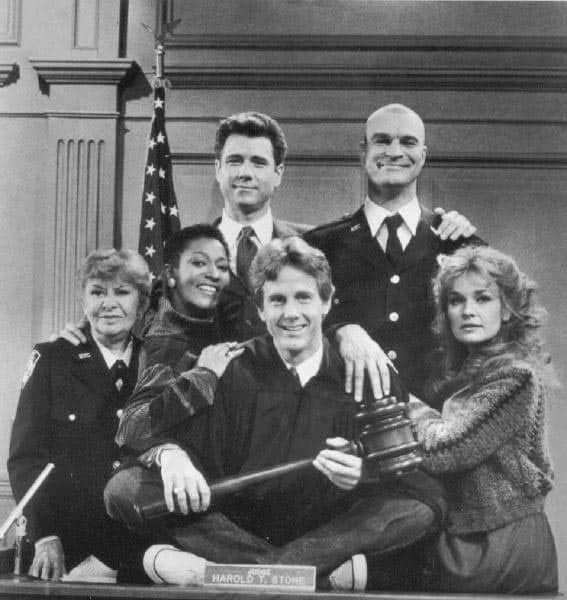This post is in response to Sharon’s recent writing about the role of litigation in federal lands management.
Though I sometimes disagree with Sharon’s framing of issues and assessment of things, I appreciate her willingness to tackle tough issues. But if we are going to take on such important questions, I’d like to help define the so-called “litigation problem.” A few years ago I tried to organize my thoughts about the topic. Here is the result, a rather long-winded and excessive essay/commentary (Nie_regulatory_enforcement in PDF)
Here is the abstract:
This article analyzes the role of prescriptive regulation and citizen-suit litigation (regulatory enforcement) in natural resource conservation in the U.S.A. It first briefly explains why the judiciary is so involved in resource management and why litigation is so often used as a conservation tool. It then summarizes the extent to which regulatory enforcement is being threatened and/or undermined by Congress, the executive branch, and other interests. The analysis shows how regulatory enforcement often facilitates the use of less adversarial conservation strategies and that there are important synergies between them. Regulatory interactions with collaborative conservation, land and resource acquisitions/easements, and adaptive ecosystem management are analyzed.
That is more boring than I remember, so here are a few comments made in the essay that might be of relevance to our readers:
Regulatory enforcement often facilitates the use of other, less adversarial, conservation strategies and shows that there are important synergies between them. In many cases, a sort of “co-evolution” is apparent, with regulation and litigation playing an important role in the development and leveraging of other strategies.
The most important lesson is that conservation tools are interconnected in significant ways, and when regulatory enforcement is weakened, so too are a host of less adversarial approaches to environmental protection. Any political juxtaposition of regulatory and “non-regulatory” policy approaches should be viewed most skeptically.
While the use of litigation by conservationists has been widely criticized and publicized, we should also recognize its widespread use by other interests. Industry, commodity, and user-groups have initiated litigation over the 2001 roadless rule, snowmobiles in Yellowstone National Park, forest planning regulations, motorized access to multiple use lands, and dozens of other high-profile cases. For further evidence, consider the wise use movement’s legal arm, the Mountain States Legal Foundation (www.mountainstateslegal.org ), which publicizes a “litigation of the month” section on its webpage. The private property rights-based takings movement provides another example, as this political agenda has been purposefully advanced via constitutional litigation.
The “policy story” of environmental obstructionism is being told by numerous actors, with the remedy being as simple as the narrative: to either remove, weaken, and/or undermine environmental regulations.
And a few comments regarding the role of litigation vis-a-vis more collaborative approaches:
The following analysis shows that while some exaggerate its virtues, the more serious studies of collaboration show why it is better to view it as supplementary to regulatory enforcement, and is not an adequate replacement. I take it a step further and argue that the weakening of regulatory enforcement will potentially undermine the usefulness and spread of collaboration in the future.
For all of the benefits collaboration can produce, it is imperative we view the tool in its appropriate context. In many respects, the hammer of environmental laws, and the groups willing to enforce them, have created the conditions necessary for collaboration to emerge as a viable governing strategy. Citizen suits can trigger negotiations that wouldn’t otherwise get started. And would an interest be at the table if not for some particular regulation leveling the playing field?
The Articles goes on to explore the role of litigation in leveraging other strategies like land acquisition and adaptive ecosystem management.
And so I’ll end with this idea, as articulated by Judge Skelly Wright in the NEPA-empowering Calvert Cliffs decision, the judicial role is to ensure that the promise of legislation becomes reality:
Our duty, in short, is to see that important legislative purposes, heralded in the halls of Congress, are not lost or misdirected in the vast hallways of the federal bureaucracy.

